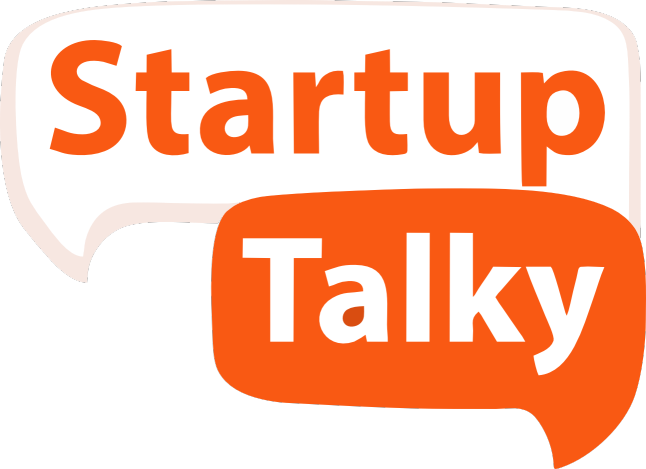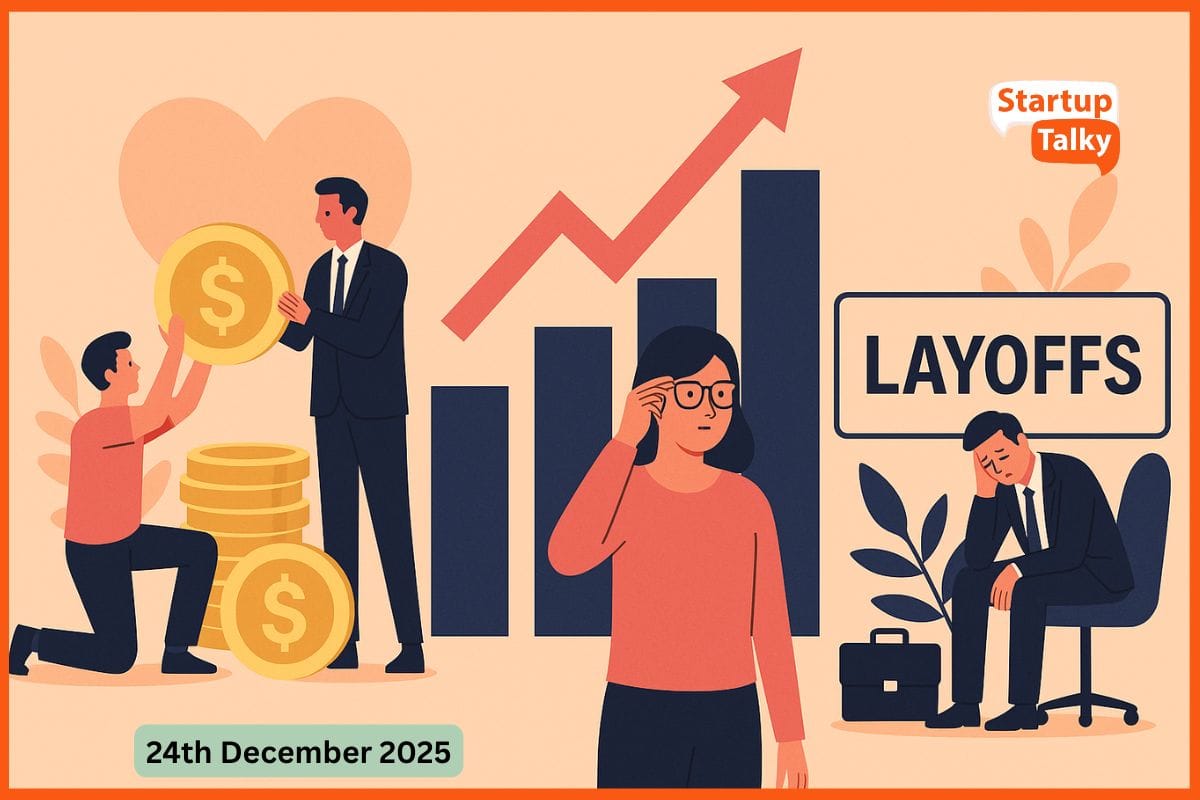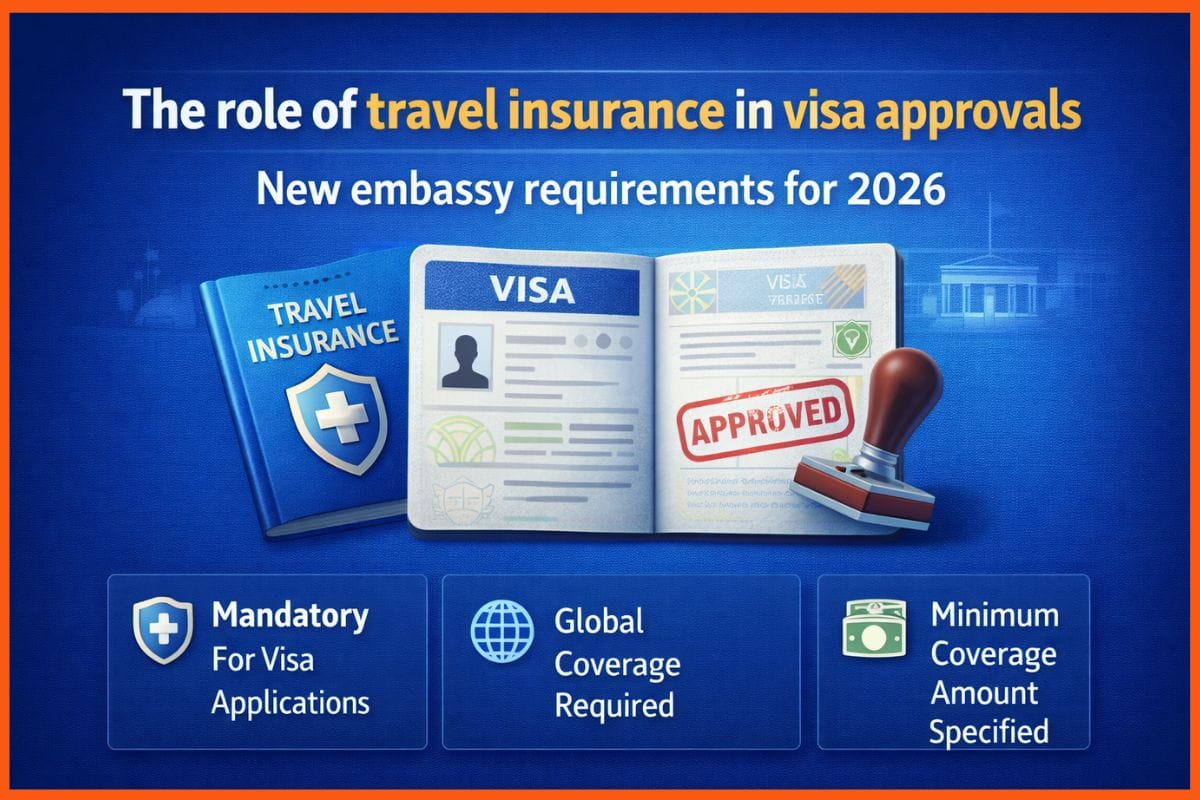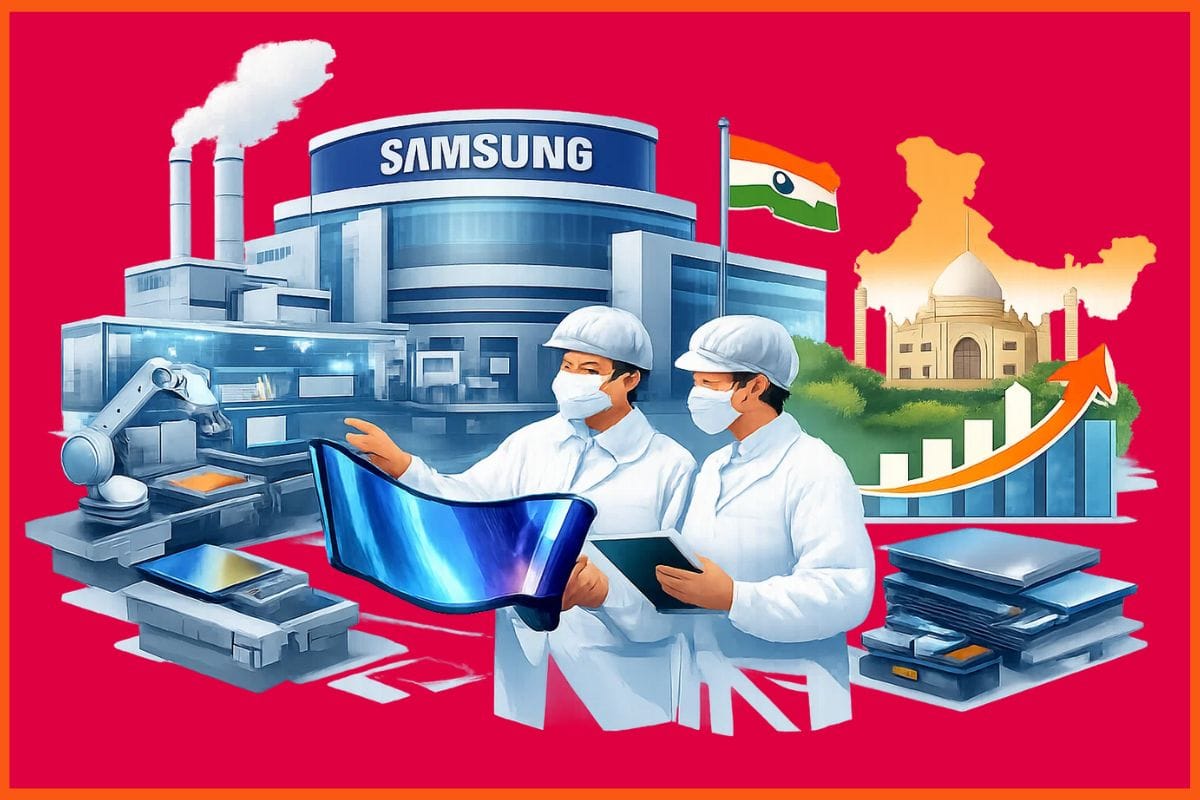The Branding Play Most Overlook—And It’s Gen Z, Not AI
✍️ Opinions
This article has been contributed by Sohini Sen, Associate Director – Marketing & Communications, Captain Fresh.
Looking For The Face Of Your Next Campaign? They Work for You. As Gen Z Enters the Workforce, Ignoring These Digital Native Storytellers Could Cost Brands Big.
Imagine this: You have signed Lionel Messi as your global brand ambassador.
Messi’s face was everywhere, with millions poured in, but when Byju’s brand was mentioned, it was the employees’ voices that echoed
This was the reality of India’s once most loved startup around late 2022 and 2023. Of course, there were many other factors at play behind BYJUS' subsequent doomsday descent. But one truth stood bare: the glitz of a contractual brand ambassador cannot outshine the raw voices of people on the payroll.
Most brands still miss out on this organic, high-trust branding-building asset—their own people.
Especially in younger companies, employer branding is solely HR’s headache, who have too many other critical ailments like attrition, compensation, and compliance to manage. Meanwhile, we marketers prefer exchanging lists with our agencies, scouting for the next brand-safe influencer with the right audience affinity, the highest engagement rates, and the best fit for brand ethos.
Ergo, a cost-effective, high-authentic brand-building tool waits patiently to be unleashed.
The Indian Divide: Silent Achievers vs. Confident Storytellers
Karm karo, phal ki chinta mat karo. (English translation: Do your work, do not worry about the fruits of your actions.) Many of us grew up with this verse etched into our minds.
This reflects a broader Indian mindset—one that values humility, modesty and restraint from overt self-promotion. One could argue that this tempers the adoption of employee-driven brand advocacy as a potent marketing channel when compared to the West.
While working for and with international companies, one thing was loud and clear: employees don’t just solve problems; they own their milestones and vocalize their sentiments. And, why shouldn’t they?
Humility is not equal to silence. If that were the case, Tata Group’s marketing team would have shut shop, and those skippable in-stream ads of NGOs seeking donations on YouTube would not have escaped the wrath of cancel culture.
The most socially savvy generation in India is shifting the cultural equation. How far along are marketers in keeping up?
The Z Zeitgeist: Marketing’s Favourite Obsession
The golden audience or an overhyped distraction—most STP (segmentation, targeting, positioning) discussions these days seem to circle back here.
Generational cutoffs have always been blurry. For now, let’s go with the Oxford definition: Gen Zs are those born between the late 1990s and early 2010s. If you are on a call with your creative team of 8, quite possibly, two of the on-screen members are Gen Zers, and this number is set to double by the next decade, as per a Snap Inc. and BCG report1.
In a country that is still growing, each generation necessarily surpasses the previous one, making Gen Z the largest in India today. To put this into perspective, there are more Gen Zers in India than the entire population of the US.
Here’s why that matters: Unlike its traditionally restrained predecessors, Gen Z is vocal. This means brand narratives—online or through word of mouth—will gradually get impacted or even shaped by Gen Z employees.
Their instinct is to create, react, and amplify, sometimes rationally and sometimes in a herd mentality. They will inevitably talk about the brands they associate with: the wins, the gaps, the culture, and the contradictions.
We, as brand custodians, need to have a plan of action now to harness these voices strategically (or remain spectators as it unfolds chaotically).

People Ambassadors: The Overlooked Brand Asset
If it costs less, maybe it is not that effective. Perhaps this is why most brands have never truly invested in nurturing this marketing channel.
Gartner’s Annual CMO Spend Survey2 revealed that marketing budgets in 2024 dropped to 7.7% of overall company revenue from 9.1% in 2023 and 9.5% in the year before. As the economic slump continues, one would expect us to do more with even fewer.
Employee-generated content acts as a force multiplier, expanding reach without incremental costs. Forbes says that sales teams using their social handles can outsell peers by 76% and convert leads more effectively.
View employees through the influencer lens ,because the same rules apply.
- Choose the objective. Not all stories can be told by all people. Decide if this is the right channel for your campaign. If yes—
- Find the right voices. Identify employees who fit the brand archetype, naturally engage, and can create content.
- Give them the podium. Encourage them to share their authentic experiences, not make-believe scripts to parrot.
- Reward their impact. The ‘invoice’ equivalent here is rewards and recognition, fuelling continuity and creating FOMO for others to join.
Create guided autonomy: control the narrative without controlling the voices.
Too many employees talking everywhere can raise compliance concerns.
If this fear is curtailing your intent, create frameworks and playbooks within which employees can create and share.
Nailing the creator-channel mix: Let the story find its stage.
As of Jan 2025, LinkedIn hosts 1+ billion users and 69+ million companies4. Employees posting on social receive 8x more engagement on the same content when shared from company pages5.
With over 148 million users, India has the second-largest user base (first being the US with over 234 million)4. Does this mean LinkedIn is the only channel? That is a myth from the past.
Think: Volvo. What is the first word that comes to your mind? Buses? Trucks? Volvo also has an IT solutions arm. Beyond traditional advertising, it nurtures a community in Stack Overflow focused on its tech play and the people behind it. Essentially, it is a marketing channel for their IT story.
The Next Frontier of Influence
All said and done, how does one wake their employees from slumber and nudge them—not with rules, but with a story they want to be part of?
Here’s the thing: Personal branding isn’t vanity. It’s value.
A research paper from the National Library of Medicine6 published: "Personal branding leads to greater career satisfaction, fully mediated by perceived employability." But you don’t need a research paper to confirm what you already know: when employees build their personal brands, they win—and so does the company.
The next generation will naturally embrace it. If we wait for them to figure it out, we’ll have missed the moment.
We live in a world where authenticity trumps advertising. Influence is decentralized. And, human stories sell more products than polished ads. This has been a fundamental reason behind the meteoric rise of influencer marketing. As vines start to wrap around this channel too, who do you think will be the next most authentic brand storytellers?

Must have tools for startups - Recommended by StartupTalky
- Convert Visitors into Leads- SeizeLead
- Website Builder SquareSpace
- Manage your business Smoothly Google Business Suite






